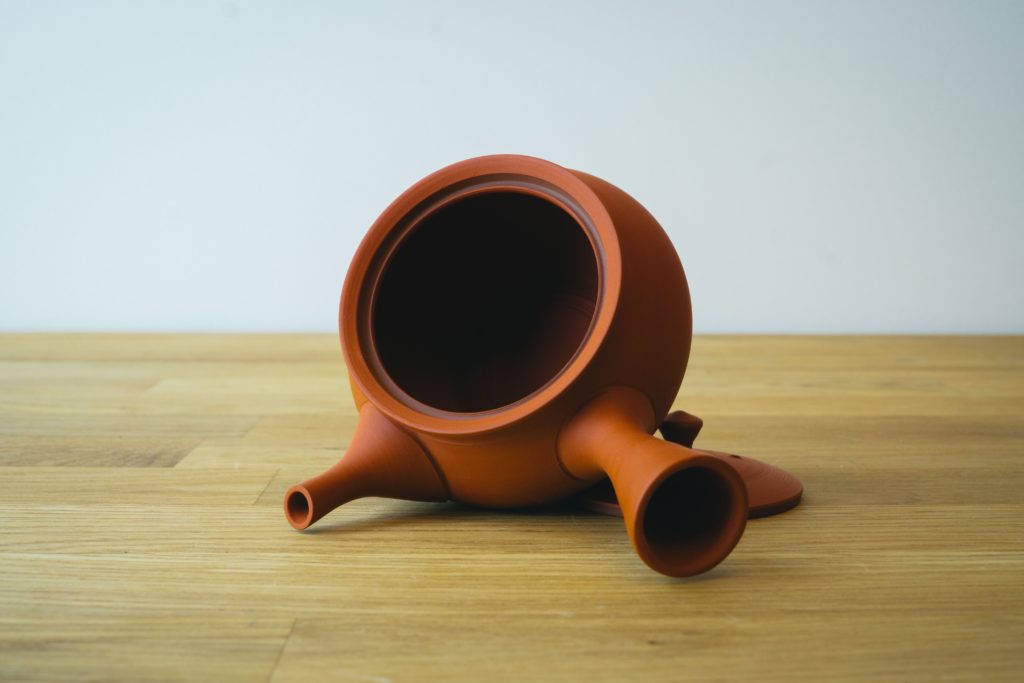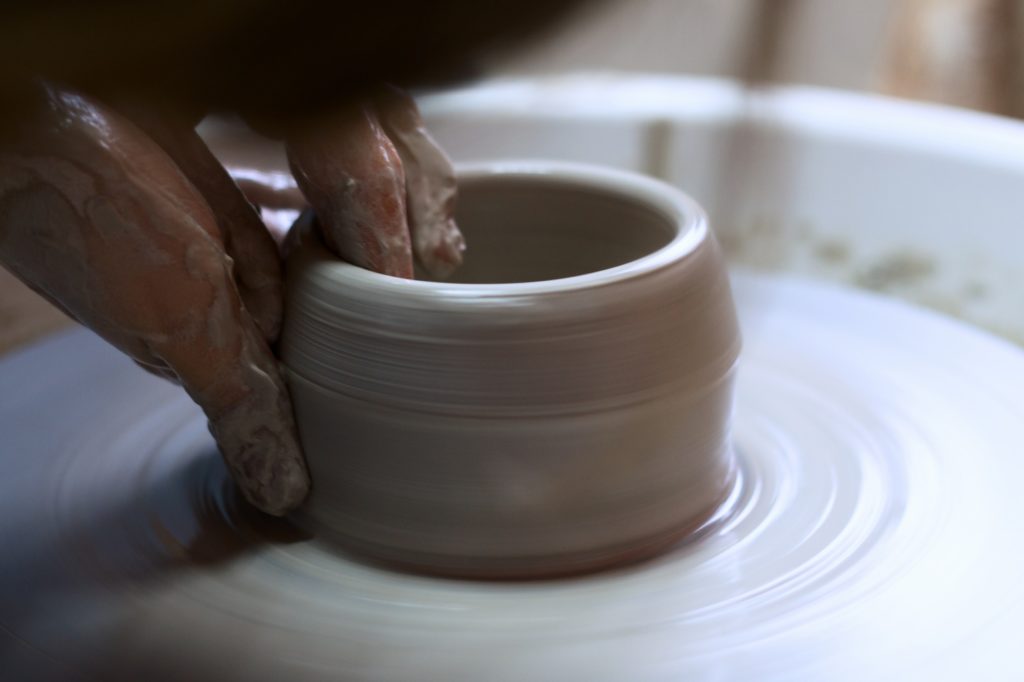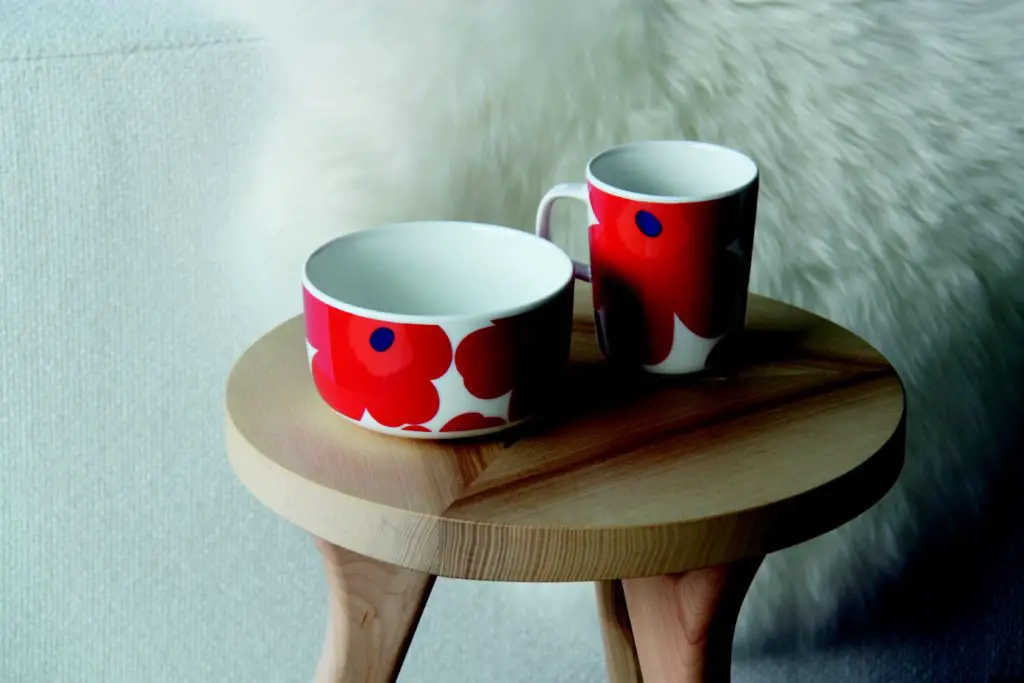There are many mistakes potters make, and there are some beginner pottery mistakes that are a pain to deal with. Potters struggle with not making them, but did you know that there are some ways to help you not make these beginner pottery mistakes?

That’s right, you can stop making these beginner pottery mistakes with a few helpful preventative tips that will make everything all the more easier. If you’re someone who is trying to figure out why they keep making them, it might be because of some of the actions you’re undertaking, and here, we’ll target some of the top mistakes, and how you can prevent these, and fast!
Mistake 1: Using the Wrong Clay for your Piece
Ahh yes, the wrong clay for the piece. This can be impactful in your pottery making, and it can happen in multiple areas.
Some of the ways this can impact your pottery piece include the following:
- Throwing and centering clay
- The glaze you use with it
- The firing temperature with the glaze
For example, if you’re using a very hard porcelain on a beginner wheel, you’re going to struggle. If you feel like it’s a struggle just to even throw the clay on the wheel, chances are you need to get a clay that’s smoother, and easier to use.
When you’re working with clay, you need to choose the correct clay for the job. Some tips in choosing the right clay include the following:
- Get a clay with only a little bit of grog or sand
- If you’re using a glaze, you need to get one that fits the pottery piece
- Don’t get one with too much sand in it, since it takes forever to center and bring it in
- If you’re hand building, you can use more grog, but a smooth clay is pretty nice for throwing and making pottery.
This is probably one of the top beginner mistakes, and you’ll want to make sure that you choose a clay that’s user-friendly, and one that will make it easier for you.
Mistake 2: Not Firing hot Enough
You think that you’re firing at a hot enough temperature, but you pull out your pottery piece, and it’s still incredibly wet.
When you fire pottery, make sure that you do the following:
- Read, and from there understand pottery pieces and why they happen
- Try to get the right kiln with adjustable and slow temperature increases
- If you notice that it’s too wet when you first fire it, crank it up
- Remember that clay becomes ceramic at about 1800 degrees, so if you want a ceramic piece, you need it to be about that hot
- If you’re worried about it potentially being dangerous, do adjust your space as needed for this
When you’re firing pottery pieces, you need to go hot. Some people are a little scared when they begin with this, but the reality of it is, you need to fire it hotter, and from there make sure that you do follow instructions.
Mistake 3: Not Following Instructions
Ahh, the old not following directions mistake. This is something lots of people struggle with, and ultimately, it can be quite a pain for many people.
Instructions are there for a reason, and following them is important.
When you follow instructions, the following happens:
- Your pieces turn out correct
- They turn out better
- They run less risk of damage in any form
When you have the instructions in place for your own personal clay projects, you’ll be able to master the technique too. It helps you learn much better, and it prevents the worst from happening.
A lot of potters when they first get into this get a little cocky about what it is that they’re doing, and they tend to ignore instructions. This causes the following to happen:
- Disasters and fires
- Struggles with getting the project done
- Stress and issues
That’s why potters need to understand and know how to use the techniques that they have. A lot of potters do get a bit big-headed though, and they don’t follow the instructions.
You need to check your ego at the door and realize mistakes happen, and they ultimately are up to you, the potter, to decide. By doing this, you’ll able to create and master your own personal pottery techniques, and remembers it’s okay to follow instructions.
They’re there for a reason, so learn to humble yourself.
Mistake 4: Not Checking your Ego at the Door
This ties into the last point, but your ego is a big part of your life, and you need to learn how to check it.
By checking your ego at the door, you’ll open up your mind more, and it allows for the following:
- A better understanding of instructions.
- A better idea of how to accomplish what you need to
- A better experience with your pottery adventures
Many don’t do this. They think that they know everything, and that creates a disaster later on.
Potters struggle with trying to put together items initially because they’re learning. But if you go in thinking you know everything, you’ll be in for quite the rude awakening with this.
Learning to Humble Yourself
When you’re doing pottery, don’t be afraid to do the following:
- Research and learn a bit more about what you’re doing
- Learn to humble yourself just a little bit
- Understand what it is that you’re going through and the techniques you’re mastering
- Learn to master the pottery techniques you currently know before moving onto more complex ones
Pottery isn’t something you’ll master in a day. It’s just not physically possible to do, but with the right mindset, and the right idea of what you need to do in order to master this, you’ll be able to build for yourself, the best results possible.
You can create a better piece every time you do it, but learn to check your ego before starting this adventure.
Mistake 6: The Clay is too Hard
When you’re working with pottery, you need to learn to work with softer clay.
There are a few reasons why your clay may be hard, and they include the following:
- You left them to sit outside for too long
- You didn’t cover them with a damp towel
- You didn’t put them in a plastic bag
- You left them in storage for a long time
- You didn’t wedge it correctly
If your clay is hard, it’s going to be a nightmare at the wheel, since it creates the following problem:
- You can’t center the clay
- You can’t open up the clay
- It’ll be hard to create larger walls on the pottery piece
- It won’t be fun to move about
With that in mind, you can see here why it’s important to put your clay to use. Clay is super important, and it can help you build any pottery piece, but if it’s too hard, it won’t work.

How do you fix this? Well, the best ways to do it are to do the following:
- Do have a splash pan on hand to take care of the clay
- Wedge your clay beforehand
- Consider wedge wheeling before you do this
- Introduce water into the clay
Having clay that’s soft enough to use is so important, and here, you can see why this is a big part of your clay adventures.
Mistake 7: Water Issues
Now we discussed having not enough water, but what about too much water on the clay? That’s right, you can have too much water on the clay in many different points of this, and they include the following:
There are so many times when your clay will be too wet, and if you’re not sure about whether or not your pottery is suffering from this, you should look at the piece as well and feel it for yourself.
When you have clay that’s too wet when centering, the following happens:
- It can be hard to move it around
- You will struggle with building walls of any size
- It tends to be thrown off-center
This is a problem many newbies have, and many times, this can be due to wedging, which we’ll get to later on.
When you glaze, you want to do it on a piece that’s pretty much leather-hard, and that’s because of the following:
- It will stay on the pottery piece
- It will hold the glaze to the pottery
- It will transform from clay to ceramic in the kiln
You should have some moisture, yes, but you shouldn’t have a soggy, oversaturated piece, which is why people ten to tell you to put it in the kiln when it’s leather-hard.
When you fire it with too much water, the following happens:
- It doesn’t become ceramics
- It tends to lose shape
- The glaze will flake off and get on your hands
- It won’t become food-safe
The best way to go about actually making sure that your pottery piece is dry enough is to do the following:
- Touch the clay and see if it feels soft
- Make sure it’s at least leather-hard
- If you can’t easily move any sides of the piece, it’s dry enough
This is a big part of learning pottery, and it’s one of the top beginner mistakes. Make sure you don’t do this since it can ultimately ruin your pottery.
Mistake 8: Not Wedging
Finally, let’s talk wedging. This is one of the main beginner pottery mistakes, and lots of times, this is a problem that self-taught potters struggle with.
Wedging allows for you to do the following with your pottery:
- It helps with centering
- It helps make it easier to work with
- You don’t have to worry about hard spots
- You don’t have to worry about over-saturating it with water when you throw it
This is an integral part of learning how to throw pottery, but lots of times people either skimp out on this step or don’t do it at all. The reason for not doing it is the following:
- It’s incredibly boring
- You want to throw it
- Self-taught potters don’t really know how to do it, so they take shortcuts
- Some experienced potters don’t check their ego, so they don’t do this
but, is it really worth the extra time you need to spend throwing and centering this? If you want to make your job a lot harder, then, by all means, do not do this.
But, if you want to make pottery a lot more fun, you should do the following with this:
- Wedge it beforehand
- Remove the hard spots
- Create consistency when you throw it
- Learn how to wedge in batches so you’re not waiting around to do it a lot
It is something that many who store their pottery clay in bags struggle with since it can get hard on the outside, and then soft in the center. But, if you want to make your whole throwing experience easier for you, stop making the beginner mistake, and from there, work on wedging your clay properly so that it works for you.
Stop Mistakes Now!

You need to stop making these mistakes, and stop doing it fast. The best way to do it is to learn to rectify these mistakes quickly, so you’re not suffering from it.
These are all beginner potter mistakes, and while a couple of these are personal such as checking your ego at the door, it’s incredibly useful if you start applying a better mindset when working on pottery. This will make you a better potter now, and into the future as well.







